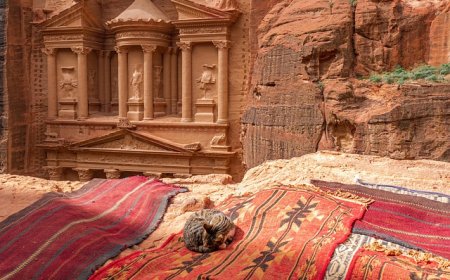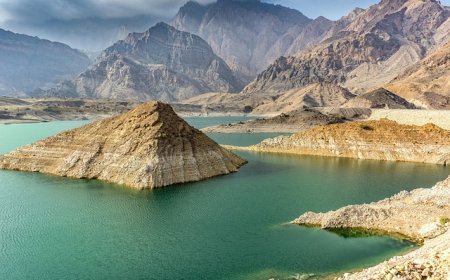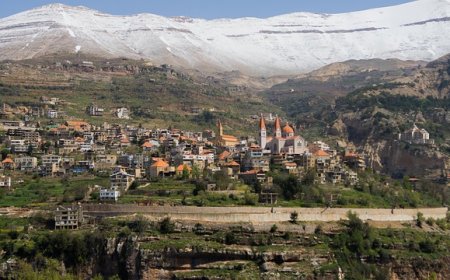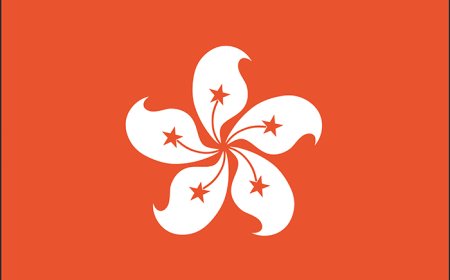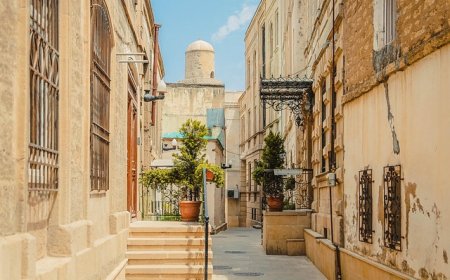Myanmar: Geography, Culture, and History of a Southeast Asian Nation
Discover Myanmar for kids. Learn about golden temples, rivers, and Myanmar’s rich culture. Includes fun facts, vocabulary words, and a quiz.
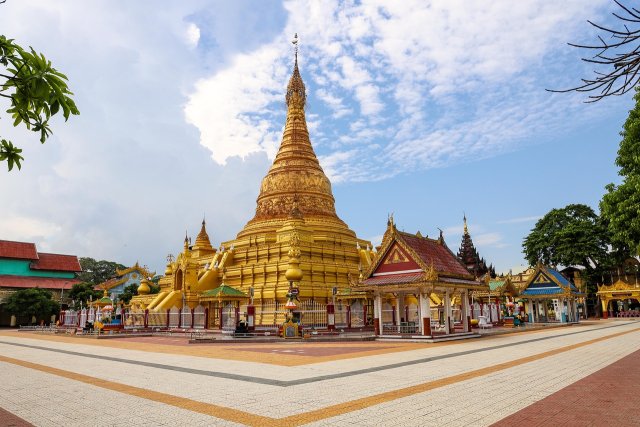
🇲🇲 Myanmar: Temples, Traditions, and Changing Times in Southeast Asia
Introduction
Myanmar, once known as Burma, is a country in Southeast Asia known for its golden temples, majestic rivers, and rich cultural traditions. From ancient kingdoms to modern challenges, Myanmar’s story is full of beauty, history, and resilience. While the country has faced political changes and conflicts, it remains a place of deep spirituality and natural wonder.
Geography and Landscape
Myanmar is bordered by Bangladesh, India, China, Laos, and Thailand, with a long coastline along the Andaman Sea and Bay of Bengal. Its landscape includes tropical rainforests, mountains, valleys, and one of Asia’s largest rivers—the Irrawaddy River—which runs through the center of the country.
The climate is tropical, with a rainy season from May to October and a dry season from November to April. Much of Myanmar’s farming depends on the monsoons, which provide water for rice fields and other crops.
The country is home to natural wonders like Inle Lake, where people live in houses on stilts and grow floating gardens, and the Shan Hills, with tea plantations and forests.
Cities and Regions
The largest city is Yangon, formerly Rangoon. It is filled with colonial-era buildings, busy markets, and the stunning Shwedagon Pagoda, a giant golden stupa believed to be over 2,500 years old.
The capital city is Naypyidaw, a planned city built in the early 2000s with wide roads and modern government buildings.
Other important cities include:
- Mandalay – a center of Buddhist culture and traditional arts
- Bagan – home to thousands of ancient temples and pagodas
- Taunggyi – known for hill tribes and the nearby Inle Lake
Many people still live in villages or in the countryside, working as farmers, herders, or artisans.
People, Language, and Culture
Myanmar has over 55 million people and more than 130 ethnic groups, making it one of the most diverse countries in Asia. The majority group is Bamar, but there are many others, including Shan, Karen, Rakhine, and Chin peoples.
The main language is Burmese, and the most widely practiced religion is Theravāda Buddhism. Monks and nuns in orange or pink robes are highly respected, and many people visit temples to offer prayers and food.
Cultural traditions include:
- Thanaka – a yellowish-white paste made from tree bark, worn on the face as sunscreen and decoration
- Longyi – a traditional skirt worn by both men and women
- Traditional dances and puppet shows, which tell stories from Buddhist tales and folklore
Music is often played on traditional instruments like the saung (harp) and pat waing (drum circle).
Food and Daily Life
Burmese food is a mix of spicy, sour, salty, and savory flavors, often served with rice. Many dishes include fish sauce, lemongrass, ginger, and turmeric.
Popular meals include:
- Mohinga – a noodle soup with fish broth, often eaten for breakfast
- Lahpet thoke – a salad made with fermented tea leaves
- Curry with rice – served with vegetables, soup, and condiments
- Ngapi – a strong fermented fish paste used as seasoning
Most people eat with their hands, using only the fingertips. Green tea is a common drink, and meals are usually shared with family members.
Children attend school starting around age 5. Public education is free, but the quality of schools can vary between cities and rural areas. Students often wear uniforms and learn Burmese, math, science, and English.
History of Myanmar
Myanmar’s history dates back over 2,000 years, with early kingdoms like Pagan (Bagan) leaving behind thousands of temples that still stand today. The country later became part of the British Empire in the 1800s and was known as Burma.
Myanmar gained independence in 1948, but political struggles followed. From 1962 to 2011, the country was ruled by a military government. In recent years, it has moved between democracy and military control, leading to protests and international concern.
Despite political hardships, the people of Myanmar continue to celebrate their traditions, protect their culture, and work toward a better future.
Nature and Wildlife
Myanmar’s forests, rivers, and mountains are home to incredible wildlife, including:
- Asian elephants
- Tigers
- Leopards
- Sun bears
- Hornbills and other colorful birds
The country also has mangrove forests, coral reefs, and tropical islands off its southern coast. Several national parks protect endangered animals, but deforestation and illegal wildlife trade are concerns.
Vocabulary List
| Word | Definition |
|---|---|
| Monsoon | Seasonal rains that affect farming and climate in Asia |
| Pagoda | A tall, tower-like Buddhist temple |
| Irrawaddy River | The longest and most important river in Myanmar |
| Thanaka | A natural paste used as sunscreen and decoration in Myanmar |
| Longyi | A traditional skirt worn by both men and women |
| Mohinga | A noodle soup considered Myanmar’s national dish |
| Puppet show | A traditional form of storytelling using puppets |
| Theravāda Buddhism | A branch of Buddhism practiced mostly in Southeast Asia |
👧🧒 Kid-Friendly Summary
Myanmar is a country in Southeast Asia with golden temples, kind people, and beautiful rivers and hills. People speak Burmese and eat tasty food like mohinga and tea leaf salad. Kids go to school and help at home.
People wear longyis and use thanaka on their faces to stay cool. Myanmar has had tough times, but it’s full of strong traditions and natural beauty!
🧠 Interactive Quiz: What Do You Know About Myanmar?
1. What is the main river in Myanmar?
A) Mekong
B) Amazon
C) Irrawaddy
D) Nile
✅ Answer: C) Irrawaddy
2. What is Myanmar’s largest city?
A) Mandalay
B) Naypyidaw
C) Yangon
D) Bagan
✅ Answer: C) Yangon
3. What is a longyi?
A) A river
B) A dance
C) A traditional skirt
D) A dessert
✅ Answer: C) A traditional skirt
4. What paste do people wear on their faces?
A) Toothpaste
B) Clay
C) Thanaka
D) Aloe
✅ Answer: C) Thanaka
5. What is mohinga?
A) A temple
B) A song
C) A noodle soup
D) A type of dance
✅ Answer: C) A noodle soup
6. What religion do most people follow?
A) Christianity
B) Buddhism
C) Islam
D) Hinduism
✅ Answer: B) Buddhism
7. What are Bagan’s ruins known for?
A) Mountains
B) Beaches
C) Temples
D) Castles
✅ Answer: C) Temples
8. When did Myanmar become independent?
A) 1990
B) 1948
C) 2001
D) 1880
✅ Answer: B) 1948


















































